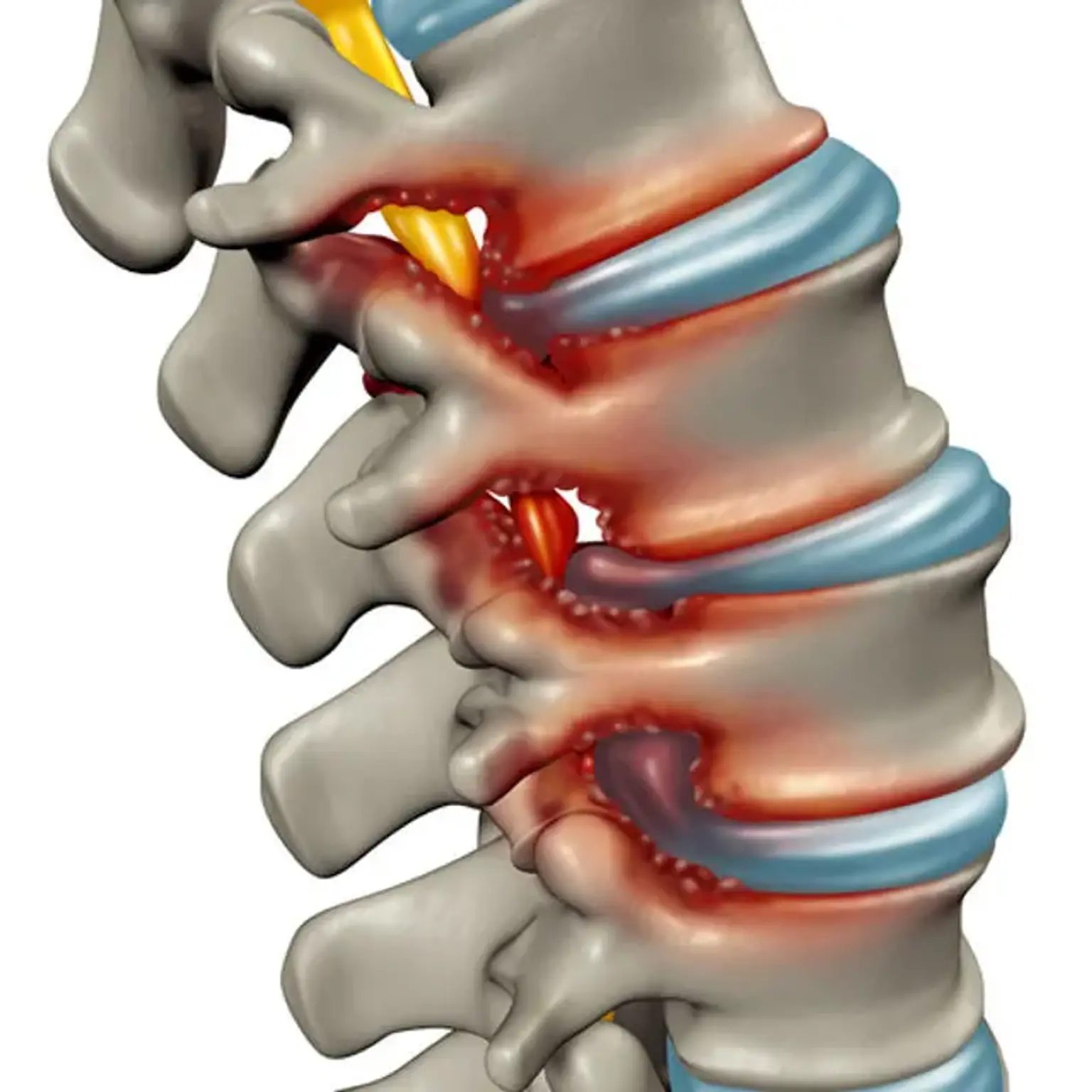Degenerative Disk Disease
Overview
The intervertebral discs are pads of fibrocartilage-based structures that offer support, flexibility, and small load-sharing between each vertebral body of the spine. These are essentially made up of two layers: a soft, pulpy nucleus pulposus on the inner of the disc and a solid structure around it called the annulus fibrosus.
A disturbance in the normal construction of these circular discs can result in a disc herniation or a protrusion of the inner nucleus pulposus, potentially putting pressure on the spinal cord or nerve root and causing radiating pain and particular areas of paralysis.
More than 90% of herniated discs occur in the L4-L5 or L5-S1 disc spaces, impinging on the L4, L5, or S1 nerve roots. Radiculopathy into the posterior leg and dorsal foot is caused by this compression.
